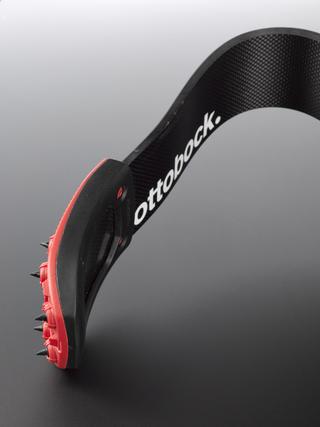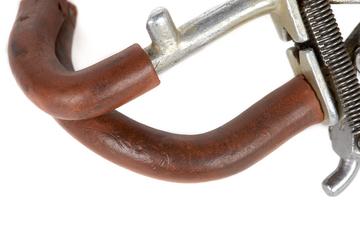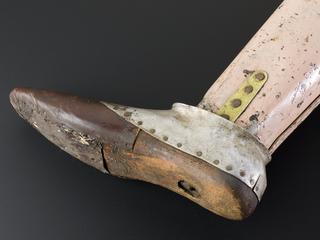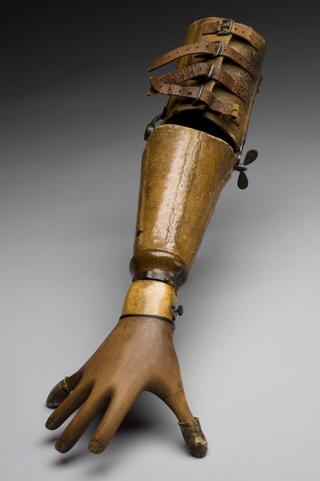



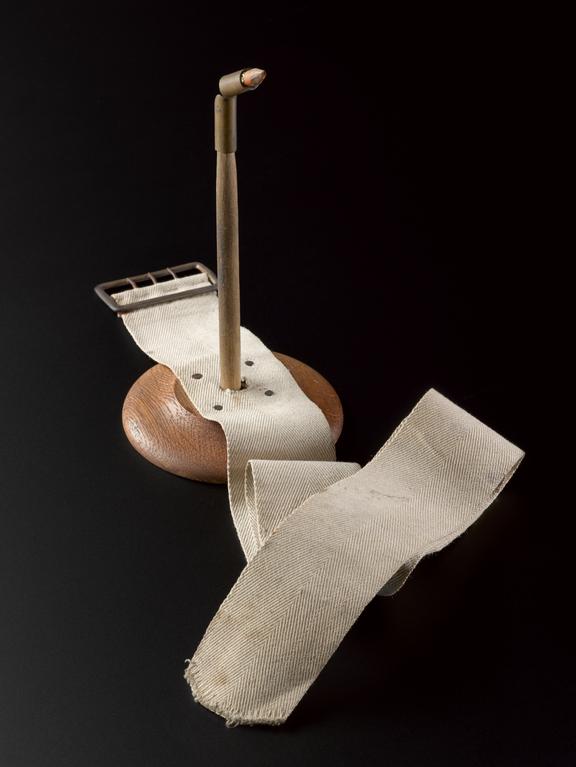


Chest pencil for armless men who had been wounded in the First World War, 1914-1918, with angled pencilled attached to a wooden disc that would be strapped to the wearer’s chest, invented by a Major Maclure, an officer in the British Army, c.1914-1920.
The First World War resulted in the deaths of millions of participants and even more were left with varying forms of disability. These included tens of thousands who had lost one or more limb. As they returned to civilian life, many of these men wanted to regain as much independence as possible. A range of items were developed to assist them, which came from a number of different sources – from government departments to private individuals. Some were more practical than others.
This invention was made by a Major Maclure, an officer in the British Army. It was intended to be used by men who had lost both arms at the shoulders, an extremely rare injury even among the 41,000 British servicemen who lost one or more limbs during the First World War. For these men, their injuries were so severe that no limb stumps remained to which artificial arms could be attached.
In this simple device, a canvas strip which has a pencil attached to a wooden disc at the front would be fastened around the chest. Once the pencil was on a sheet of paper, the amputee would attempt – with likely difficulty – to write via movements of his torso.
Details
- Category:
- Orthopaedics
- Collection:
- Sir Henry Wellcome's Museum Collection
- Object Number:
- A602815
- Materials:
- base & shaft, wood, pencil, wood, joint, brass and strap, canvas
- Measurements:
-
overall: 185 mm x 150 mm, 105 mm, 0.125kg
- type:
- chest pencil
- credit:
- Maclure
